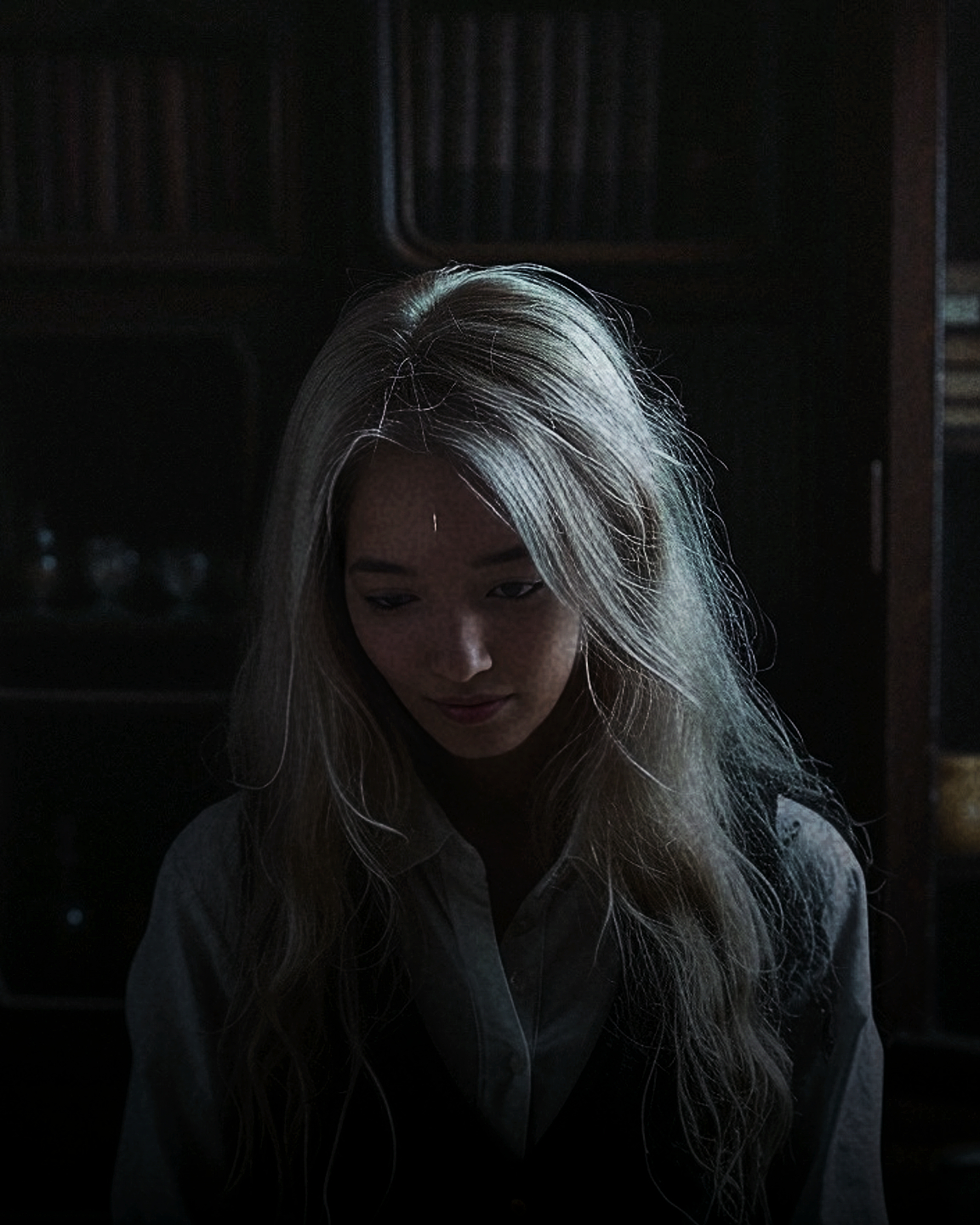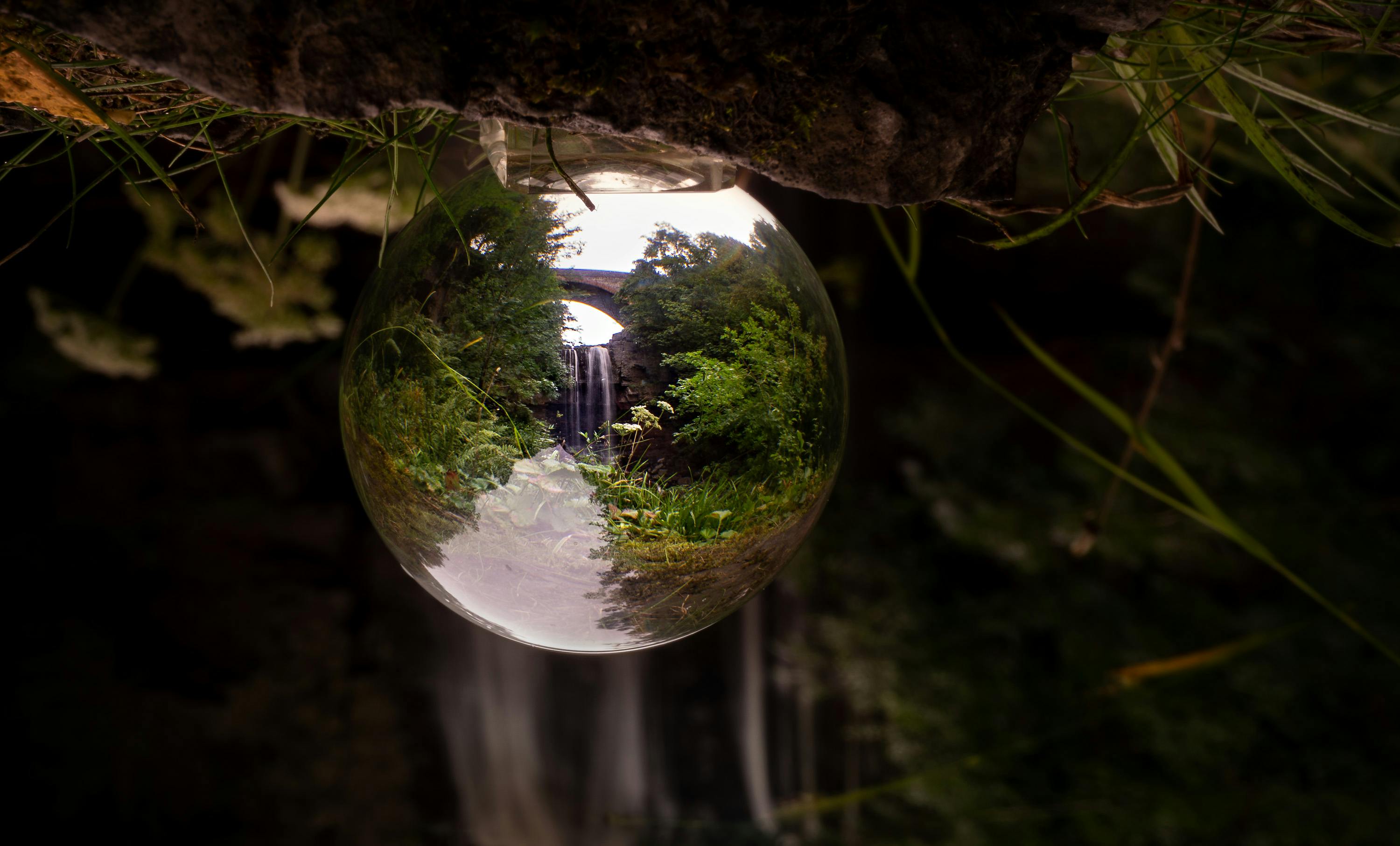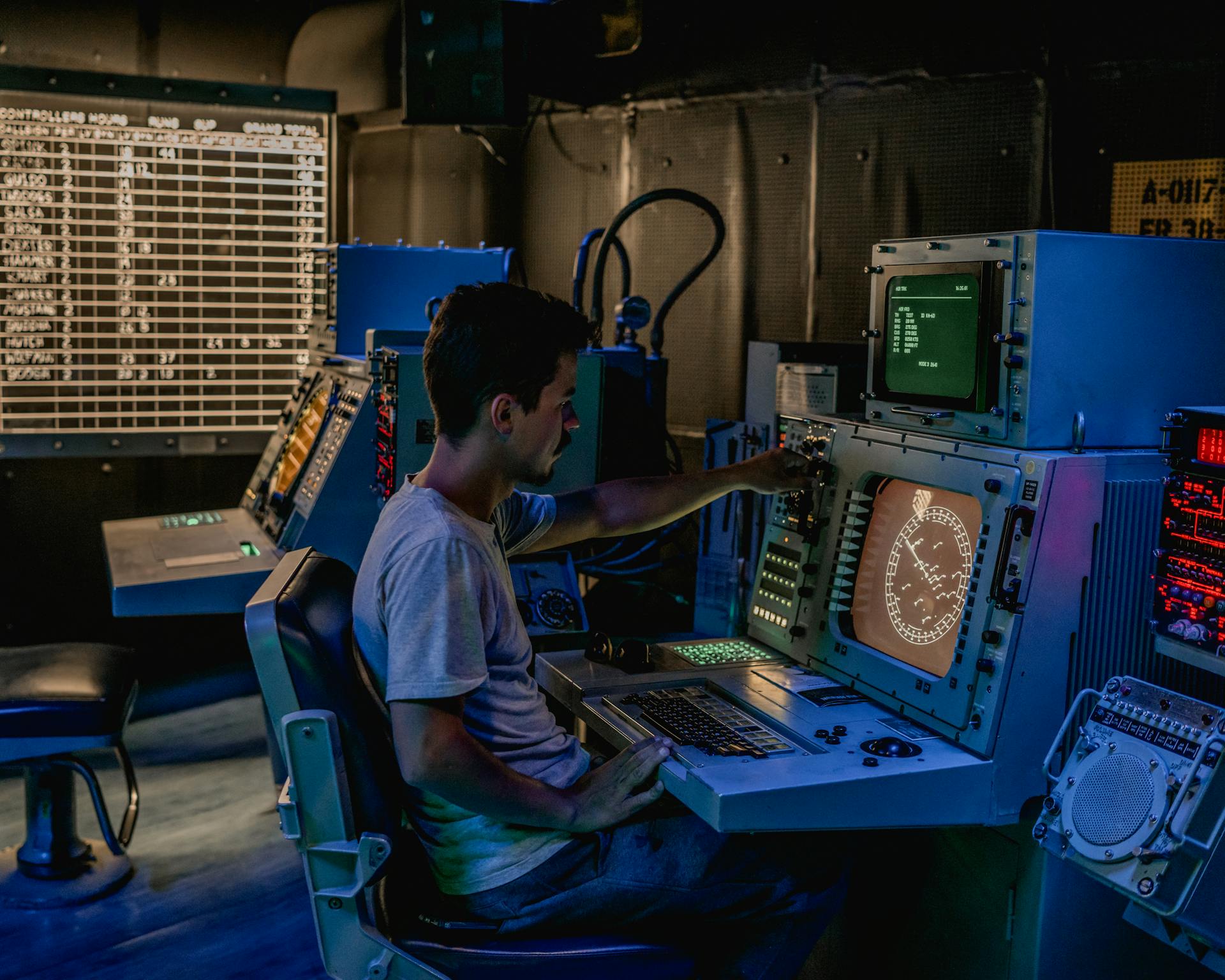Collaborative Hunting in Artificial Agents with Deep Reinforcement Learning
HuntCollabAI explores how artificial agents employ deep reinforcement learning to collaborate effectively in hunting scenarios.
This blog delves into recent advancements in artificial intelligence (AI) research, particularly focusing on collaborative hunting scenarios where multiple agents work together towards a common goal. It discusses how deep reinforcement learning (DRL) techniques enable artificial agents to coordinate their actions, share information, and exhibit emergent collaborative behaviors in hunting tasks.



Scroll to explore

